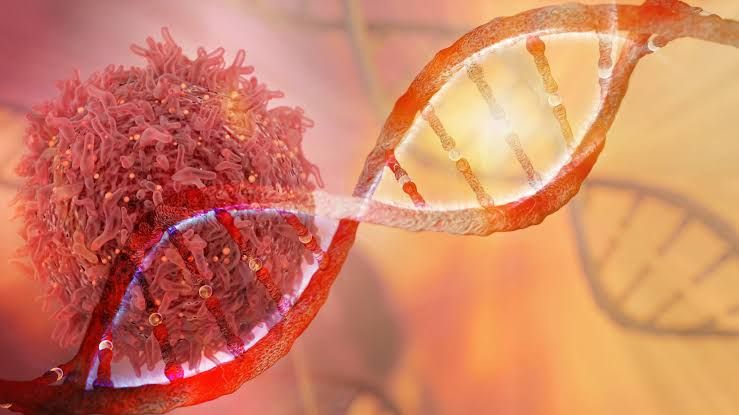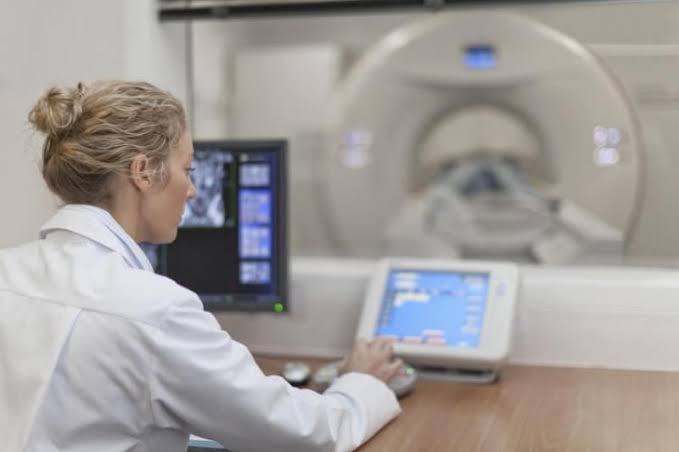
Radiation biology is a critical interdisciplinary field that merges the principles of physics and biology to investigate the effects of ionizing radiation on living systems. Understanding these interactions is paramount in numerous fields, from the precise application of radiation in cancer therapy (radiotherapy) and medical imaging to the development of robust safety protocols in occupational and environmental settings.
Defining Radiation Biology
At its core, radiation biology is the scientific study of the action of ionizing radiation on living organisms. This field examines the sequence of events that occurs after energy is absorbed from radiation, from the initial physical interactions at the atomic level (fractions of a second) to the chemical changes in molecules (microseconds to seconds), and ultimately to the observable biological effects on cells, tissues, and the entire organism (minutes to years).
Ionizing radiation includes high-energy photons (X-rays and gamma rays) and particles (alpha particles, beta particles, neutrons) that possess sufficient energy to eject electrons from atoms and molecules, a process called ionization. This ionization is the primary trigger for the subsequent chain of biological damage. The scope of radiation biology is vast, encompassing:
- Mechanisms of Damage: How radiation damages critical cellular components like DNA, proteins, and lipids.
- Cellular Response: How cells attempt to repair this damage, and what happens when they fail (e.g., cell death, mutation).
- Medical Applications: How these principles can be harnessed to destroy cancer cells while sparing healthy tissue.
- Radiation Protection: Establishing safe dose limits for the public and radiation workers to minimize health risks.
The Law of Bergonie and Tribondeau: A Cornerstone of Radiosensitivity
In 1906, French scientists Jean Bergonie and Louis Tribondeau conducted experiments on rodent testicles and observed that some cells were more susceptible to radiation damage than others. From their research, they formulated a foundational principle that has become known as the Law of Bergonie and Tribondeau. This law states that the radiosensitivity of a cell is directly proportional to its reproductive activity and inversely proportional to its degree of differentiation.
In simpler terms, the law identifies four key characteristics of cells that are most sensitive to radiation:
- High Mitotic Rate: Cells that are actively and rapidly dividing (undergoing mitosis) are more vulnerable. The process of cell division involves unwinding and replicating DNA, making it more exposed and susceptible to damage.
- Long Mitotic Future: Cells that will undergo many divisions over their lifetime (such as stem cells) are more radiosensitive than cells that will divide only a few more times or not at all.
- Undifferentiated State: Immature cells that are not specialized (un- or undifferentiated) are more sensitive. As cells mature and take on specific functions (e.g., becoming a muscle cell or a nerve cell), they become more radioresistant.
- High Metabolic Activity: While not always a primary factor, cells with high metabolic rates often correlate with high rates of division and are generally more radiosensitive.
This law provides the theoretical framework for understanding why different tissues in the body respond so differently to radiation. For example, it explains why radiation therapy is effective against rapidly dividing cancer cells and why tissues like bone marrow and the lining of the intestine are among the first to show effects from radiation exposure.
The Spectrum of Sensitivity: Relative Radiosensitivity of Human Cells
Applying the Law of Bergonie and Tribondeau, we can classify human cells along a spectrum of radiosensitivity. This hierarchy is crucial for predicting which organs are most at risk during radiation exposure and for planning effective radiotherapy treatments.
- High Radiosensitivity: These cells are undifferentiated and rapidly dividing.
- Lymphocytes: A type of white blood cell, these are among the most radiosensitive cells in the body. They are relatively undifferentiated and undergo rapid division when stimulated.
- Spermatogonia: The precursor stem cells for sperm in the testes. Their high mitotic rate and undifferentiated nature make them extremely sensitive.
- Erythroblasts: The precursors to red blood cells found in the bone marrow.
- Intestinal Crypt Cells: Stem cells at the base of the intestinal villi responsible for replenishing the gut lining.
- Intermediate Radiosensitivity: These cells have a moderate level of specialization and division.
- Endothelial Cells: The cells lining the interior of blood vessels.
- Fibroblasts: Cells that synthesize the extracellular matrix and collagen, important for connective tissue.
- Spermatocytes and Oocytes: Intermediate germ cells.
- Low Radiosensitivity (Radioresistant): These cells are highly specialized (differentiated) and have little to no mitotic activity.
- Nerve Cells (Neurons): These are highly specialized and do not divide in adults, making them very resistant to radiation-induced death.
- Muscle Cells (Myocytes): Like nerve cells, they are fully differentiated and non-dividing.
- Bone Cells (Osteocytes): Mature bone cells are highly resistant.
- Chondrocytes: Mature cartilage cells.
This classification is a guiding principle, not an absolute rule, but it accurately predicts the general response of tissues to radiation.
The Biological Effects of Ionizing Radiation
The biological consequences of radiation exposure are complex and can be categorized based on the mechanism of damage, the level of organization (cellular vs. organismal), and the time of onset.
A. Mechanisms of Cellular Damage
When ionizing radiation passes through a cell, it can cause damage in two ways:
- Direct Action: The radiation particle directly strikes and alters a critical macromolecule, most significantly DNA. The energy transfer breaks chemical bonds, causing single-strand breaks, double-strand breaks, or damage to the DNA bases. This is the dominant mechanism for high-LET (Linear Energy Transfer) radiation like alpha particles.
- Indirect Action: The radiation particle interacts with a water molecule (which makes up ~80% of a cell). This ionizes the water, creating highly reactive, unstable molecules called free radicals (e.g., the hydroxyl radical, •OH). These free radicals diffuse through the cell and can damage DNA and other critical molecules. Indirect action is the primary mechanism of damage from X-rays and gamma rays in humans.
B. Cellular and Organismal Effects
The damage initiated by direct or indirect action can lead to several outcomes for the cell. These outcomes determine the effect on the tissue and the whole organism. These effects are broadly classified into two categories:
- Stochastic Effects (Probabilistic)
- Definition: These are effects for which the probability of occurrence, rather than the severity, is a function of dose. There is no known dose threshold, meaning any amount of radiation exposure carries a small but finite risk.
- Mechanism: Caused by sublethal damage to the DNA of a single cell or a small number of cells, leading to a mutation.
- Characteristics:
- No threshold dose.
- The chance of the effect happening increases with dose.
- The severity of the effect (e.g., how aggressive a cancer is) is independent of the dose.
- Examples:
- Carcinogenesis (Cancer Induction): The most significant stochastic effect.
- Genetic (Hereditary) Effects: Mutations in germ cells (sperm or egg) that can be passed on to future generations.
- Deterministic Effects (Non-stochastic)
- Definition: These are effects for which the severity is a function of dose, and for which a threshold dose exists. The effect will not occur unless the threshold dose is exceeded.
- Mechanism: Caused by the killing of a large number of cells in a tissue, leading to a loss of organ function.
- Characteristics:
- A threshold dose must be reached.
- Once the threshold is exceeded, the severity of the effect increases as the dose increases.
- Examples:
- Skin Erythema (Reddening)
- Epilation (Hair Loss)
- Cataract Formation in the lens of the eye.
- Sterility (temporary or permanent).
- Acute Radiation Syndrome (ARS): A severe, multi-symptom illness following whole-body exposure to a very high dose of radiation.
Conclusion
Radiation biology provides the essential scientific foundation for the safe and effective use of ionizing radiation. The principles laid out by Bergonie and Tribondeau continue to guide our understanding of why certain cells and tissues are more vulnerable than others. By distinguishing between the probabilistic nature of stochastic effects like cancer and the threshold-based certainty of deterministic effects, we can develop robust radiation protection standards and optimize medical treatments to maximize therapeutic benefit while minimizing harm. This knowledge is not just academic; it is applied daily to protect patients, workers, and the public from the potential hazards of radiation, while simultaneously leveraging its power for healing.







